The journey to create "sweet fruit"
The time we visited the yellow-skinned dragon fruit garden in Ham Thuan commune was in mid-November 2025, right at the harvest time. Looking at the premises and achievements today, it is certainly not an easy journey for Mr. Binh and 9 associate members.
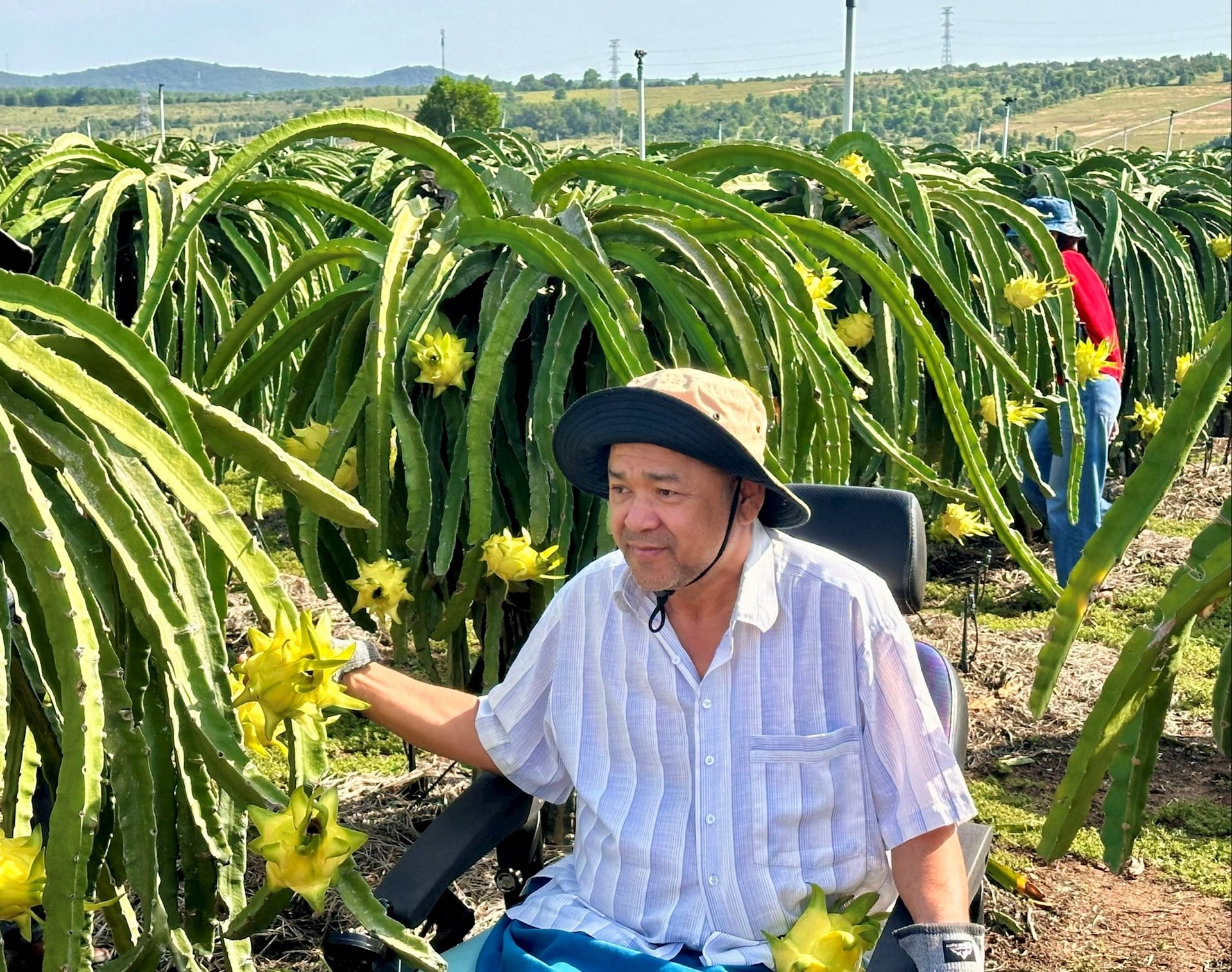
Mr. Binh and the results after many years of growing yellow-skinned dragon fruit.
Mr. Binh said that after many years of planning, by 2021, he was qualified to plant 400 hectares of dragon fruit. Of this area, yellow-skinned, white-fleshed dragon fruit is in its fifth year of exploitation, about 370 hectares, and 10 hectares of white-fleshed dragon fruit, along with 20 hectares of red-fleshed dragon fruit in its second year of planting.
Mr. Binh said that the cost from the initial renovation to harvest (2 years) is about 1 million VND/pillar, the total average investment is 1.2 billion VND/ha, not including land rent.
In addition to 400 hectares of dragon fruit, the cooperative also has a worker housing area, an area for storing materials, tools, fertilizers, and an irrigation water storage area... The cooperative's dragon fruit production model has been certified by GlobalGAP, with a scale of 100 hectares from 2023.
Mr. Binh said that growing yellow-skinned, white-fleshed dragon fruit is more difficult than growing red and white dragon fruit because it is very sensitive to pests, especially nematodes. It is necessary to manually pollinate red-skinned, white-fleshed dragon fruit at night...
“
Due to its physiological and biological characteristics, the yellow-skinned, white-fleshed dragon fruit variety is very difficult to pollinate, so the cost of hiring technicians is high. In particular, the consumption market is difficult because the price is high compared to other dragon fruit varieties (average selling price in the year is 40,000 VND/kg).
Mr. Ngo Van Binh shared
Sustainable market thanks to production on order
Mr. Binh shared that yellow-skinned dragon fruit is more difficult to sell than other varieties, but Trung Binh Cooperative was fortunate to have a market in Thailand many years ago, so they boldly planted it. However, the Cooperative does not mass produce but produces according to customer demand, ordered 3 months in advance. The method of purchase and sale is that the Cooperative reports the plan and output to import-export companies in advance and receives orders weekly.
After that, the cooperative harvests, sorts, and packages according to each market and order. Despite the large area, in the off-season, the cooperative only lights about 1,000 pillars at a time. According to the garden owner's assessment, although it is difficult to care for, the yield of yellow-skinned dragon fruit is higher than that of red-skinned, red-fleshed dragon fruit and equal to the yield of red-skinned, white-fleshed dragon fruit with about 50 - 60 tons/year/ha.
In addition to exporting to markets according to orders such as Thailand, China, Russia through both official and unofficial channels from 85 - 90%, Trung Binh Organic Dragon Fruit Cooperative is consuming the domestic market through selling to traders and traditional markets, accounting for about 10 - 15% of output.
For Trung Binh Organic Dragon Fruit Cooperative, that is the competitive pressure from new dragon fruit growing countries in the region such as China and Thailand. Therefore, the Cooperative wishes to be supported with resources to develop product promotion skills and increase chain value. In addition, the Cooperative needs to be guided by specialized agencies on digital transformation and green transformation to sell products on multiple channels...
The “sweet fruit” of the GlobalGAP standard yellow-skinned dragon fruit of Trung Binh Organic Dragon Fruit Cooperative is one of the highlights of the efforts to create sustainable value. The most important thing is still based on the core quality of dragon fruit products available in Ham Thuan, Lam Dong province.
Source: https://baolamdong.vn/trai-ngot-thanh-long-vo-vang-chuan-globalgap-404963.html












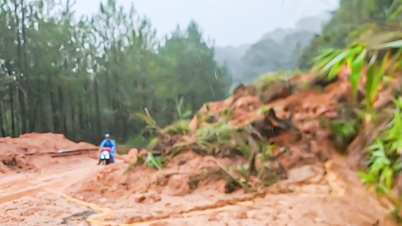
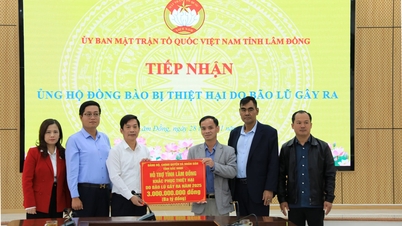

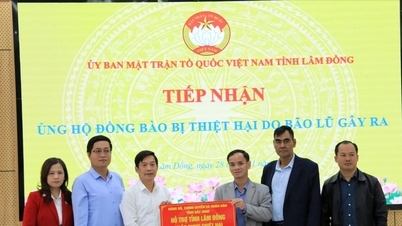


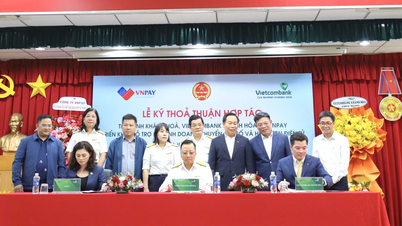






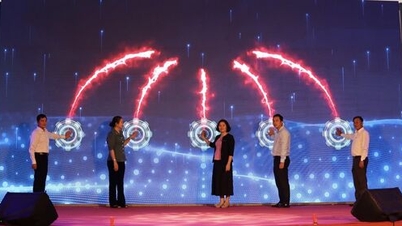







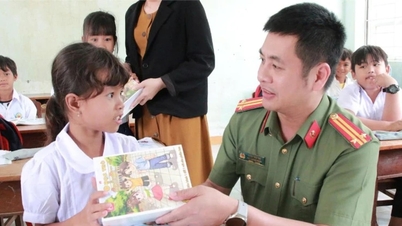
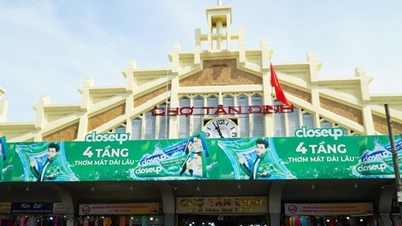
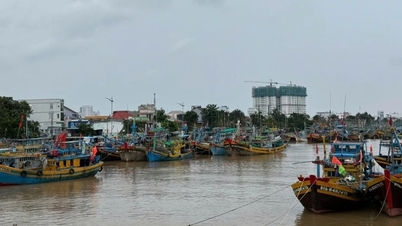






































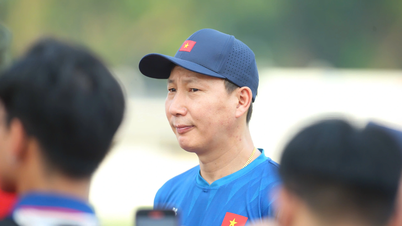









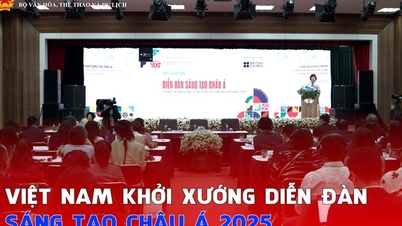


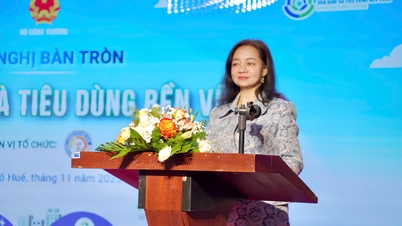
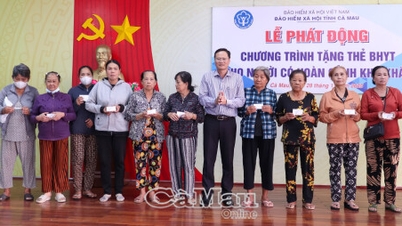







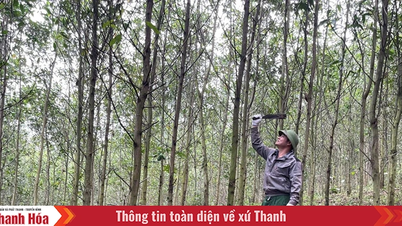













Comment (0)